Decorating
Interior Design
The Power of Negative Space in Interior Design
A design element that's not even there can forever change how you view your home
The hole in a doughnut, the interval between lightning and thunder, an eloquent pause in a conversation – an absence can make a profound impression. The concept of negative space pervades all aspects of design, from art and architecture to interiors. Give it a try when decorating your own home – you may just find that resisting the urge to fill every space can become your most powerful design tool.
The long view
One of the main advantages of negative space is its ability to eliminate distractions from an outstanding feature and enhance its impact. Standing back and viewing a room from where it’s most frequently seen can often reveal how an empty space could be used to highlight something you’d like to show off.
In this room, an area of negative space ensures that two striking furniture pieces and a pendant light take centre stage, without being interrupted by any objects around them.
One of the main advantages of negative space is its ability to eliminate distractions from an outstanding feature and enhance its impact. Standing back and viewing a room from where it’s most frequently seen can often reveal how an empty space could be used to highlight something you’d like to show off.
In this room, an area of negative space ensures that two striking furniture pieces and a pendant light take centre stage, without being interrupted by any objects around them.
Here’s another example of negative space being used to subtly emphasise the positive elements in a room. The large-scale artwork has been deliberately hung low and off-centre in order to leave negative space for the quirky angles of the light to shine through, while also leaving enough space for a tall and dramatic floral arrangement.
Cool kitchens
It’s tempting to utilise every kitchen nook and cranny for storage. This can lead to over-filled spaces and the impression of clutter. Upper kitchen cabinetry is often hard to reach and impractical. Leaving the upper parts of your cabinetry as negative space, and using the lower parts for storage instead, will give your kitchen breathing space and enhance other features in the room. Here, the elegant pendant works to draw focus to the lower storage section.
See more stunning contemporary kitchens
It’s tempting to utilise every kitchen nook and cranny for storage. This can lead to over-filled spaces and the impression of clutter. Upper kitchen cabinetry is often hard to reach and impractical. Leaving the upper parts of your cabinetry as negative space, and using the lower parts for storage instead, will give your kitchen breathing space and enhance other features in the room. Here, the elegant pendant works to draw focus to the lower storage section.
See more stunning contemporary kitchens
The power of asymmetry
Our brains derive emotional pleasure from symmetry, according to physicist Alan Lightman, author of The Symmetrical Universe. In design, objects mirrored along a central axis represent order, stability and calm. But disrupting the formality of a symmetrical room, as the homeowners have done here, can add energy to an otherwise static space.
Our brains derive emotional pleasure from symmetry, according to physicist Alan Lightman, author of The Symmetrical Universe. In design, objects mirrored along a central axis represent order, stability and calm. But disrupting the formality of a symmetrical room, as the homeowners have done here, can add energy to an otherwise static space.
Visualise this bathroom vanity with the mirror dead-centre and a matching light either side. Still elegant, but how much more interesting and informal is this asymmetrical but balanced layout?
Emphasis on architecture
There are dozens of inventive ways to use that tricky triangle under the stairs. It may be the answer to your storage woes, or a chance for negative space to work its magic. This homeowner has resisted the urge to accessorise the niche or hang artwork in the stairwell. Instead the negative space surrounding the serrated edges of the stairs is flooded with light to form a fabulous architectural sculpture.
Alternatively, negative space can de-emphasise architectural features that you don’t wish to draw attention to, such as awkward angles or a too-high ceiling. When you offer plenty of visual interest at floor level, no-one looks upwards.
There are dozens of inventive ways to use that tricky triangle under the stairs. It may be the answer to your storage woes, or a chance for negative space to work its magic. This homeowner has resisted the urge to accessorise the niche or hang artwork in the stairwell. Instead the negative space surrounding the serrated edges of the stairs is flooded with light to form a fabulous architectural sculpture.
Alternatively, negative space can de-emphasise architectural features that you don’t wish to draw attention to, such as awkward angles or a too-high ceiling. When you offer plenty of visual interest at floor level, no-one looks upwards.
Windows with less
With a dominant wall feature such as this one, a window treatment would be superfluous. Leaving the windows bare allows the fabulous decorated wall to do the talking.
The Ultimate Guide to Hanging Chairs
With a dominant wall feature such as this one, a window treatment would be superfluous. Leaving the windows bare allows the fabulous decorated wall to do the talking.
The Ultimate Guide to Hanging Chairs
Elimination exercise
When designing a room, what we put in tends to take precedence over what we leave out. Placing a coffee table between or in front of sofas is a firmly entrenched habit. But ask yourself whether it is actually essential to your living room. Would a pair of side tables work better instead? Here, the negative space created by the absence of a central table not only gives clear air to the sculptural lines of this hanging fireplace, but opens a traffic path to the floor-to-ceiling windows.
When designing a room, what we put in tends to take precedence over what we leave out. Placing a coffee table between or in front of sofas is a firmly entrenched habit. But ask yourself whether it is actually essential to your living room. Would a pair of side tables work better instead? Here, the negative space created by the absence of a central table not only gives clear air to the sculptural lines of this hanging fireplace, but opens a traffic path to the floor-to-ceiling windows.
Taking a break from the traditional coffee-table-and-sofa set-up can create the negative space a room needs. Removing traditionally placed furniture is not about minimalism and empty spaces, but of liberating areas to highlight elements that personalise and add character, as in this tranquil tribal-themed room. A pared-down arrangement may seem bare at first, but your eye will quickly acclimatise to a cleaner, calmer look.
Space-filled furniture
To see the perfect meshing of positive and negative spaces, look to mid-century chair design. Negative space is the defining element of the Wassily Chair from Knoll, designed by Marcel Breuer in 1925. The balance of precisely placed spaces with substantial leather straps and the strength of curved tubular steel give it a surprising lightness for a chair of such scale.
To see the perfect meshing of positive and negative spaces, look to mid-century chair design. Negative space is the defining element of the Wassily Chair from Knoll, designed by Marcel Breuer in 1925. The balance of precisely placed spaces with substantial leather straps and the strength of curved tubular steel give it a surprising lightness for a chair of such scale.
Perfect patterns
A pattern is a micro-example of how negative space works. A dynamic and effective design results from the interaction of negative and positive areas. Study a pattern on a fabric, tile or rug to see how they combine to draw out the essential aspects of a pattern.
Depending on perspective, negative and positive areas may swap places. Viewed one way, the four-petalled floral shape on these tiles is positive and the white becomes negative space. The illusion is reversible, revealing a pointed white diamond in a black circle.
Encaustic Tiles That Pack a Style Punch
A pattern is a micro-example of how negative space works. A dynamic and effective design results from the interaction of negative and positive areas. Study a pattern on a fabric, tile or rug to see how they combine to draw out the essential aspects of a pattern.
Depending on perspective, negative and positive areas may swap places. Viewed one way, the four-petalled floral shape on these tiles is positive and the white becomes negative space. The illusion is reversible, revealing a pointed white diamond in a black circle.
Encaustic Tiles That Pack a Style Punch
Although negative space is sometimes referred to as ‘white space’, it’s not always white. In this tiled splashback, the grey tiles take the role of negative space in the pattern, making the yellow and white shapes spring from the background.
Small tweaks can have a big impact
Working negative space into your home doesn’t mean you have to rearrange all your furniture. Small steps can be surprisingly effective.
Including some breathing space in a display cabinet, such as leaving an occasional compartment or shelf empty, will direct attention to the pieces you want to be noticed.
Working negative space into your home doesn’t mean you have to rearrange all your furniture. Small steps can be surprisingly effective.
Including some breathing space in a display cabinet, such as leaving an occasional compartment or shelf empty, will direct attention to the pieces you want to be noticed.
Dressing up sofas with cushions is tempting, but try going without and see what springs into view. In this restful room, a graceful arched feature window has a commanding presence that dictates the arrangement of furniture. The absence of cushions and throws creates negative space, allowing the neutral sofas to recede against the walls and enticing the eye through the space to the window.
Many of us find it hard to resist a blank portion of wall. When every space contains something to look at, sensory overload occurs and the eye drifts aimlessly without noticing individual objects. Leaving negative space above this beautifully dressed bed lets the eye fall on the lovely luxurious textures and calming colour palette.
Tell us
Have you harnessed the power of negative space in your home? Tell us in the Comments below. And don’t forget to like, share or bookmark this story. Join the conversation.
More
Read more decorating stories
Have you harnessed the power of negative space in your home? Tell us in the Comments below. And don’t forget to like, share or bookmark this story. Join the conversation.
More
Read more decorating stories



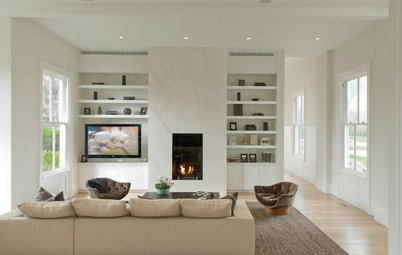
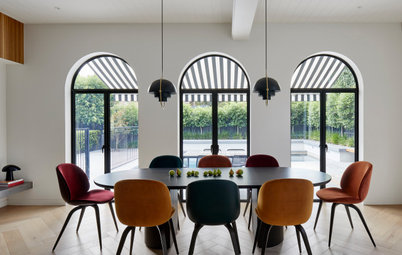
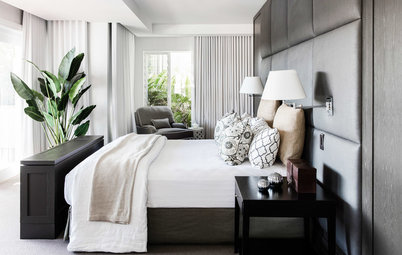
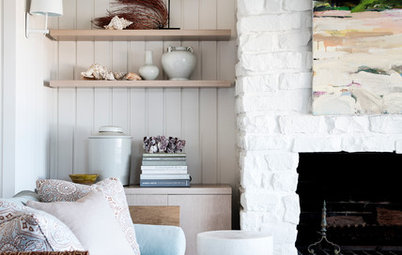
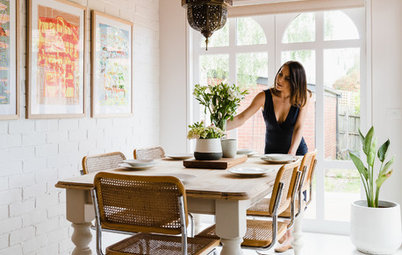

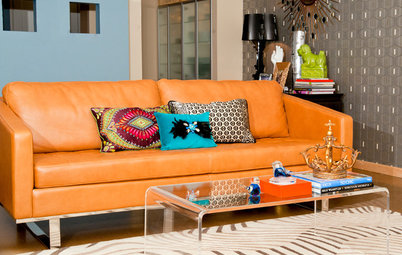
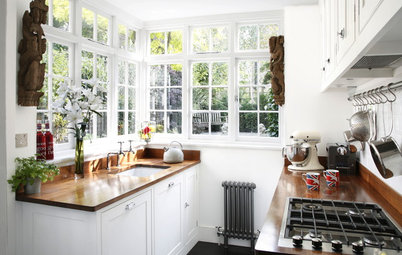
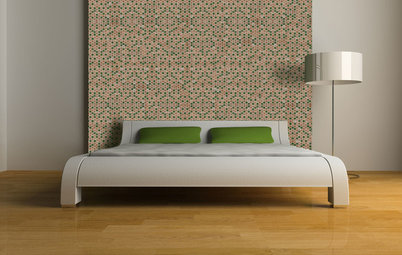
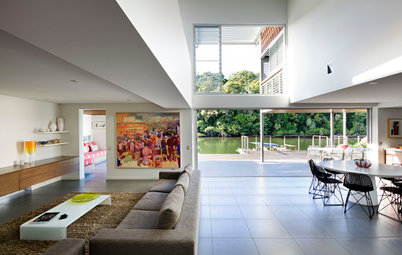
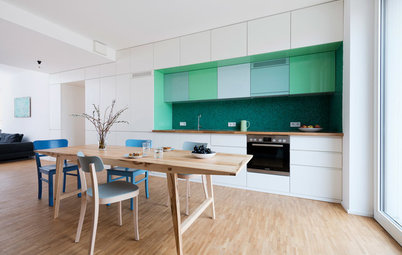
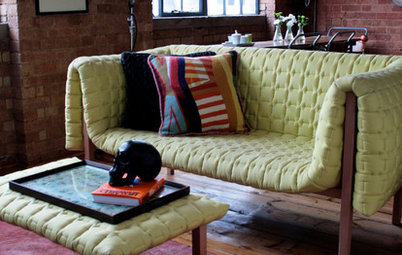
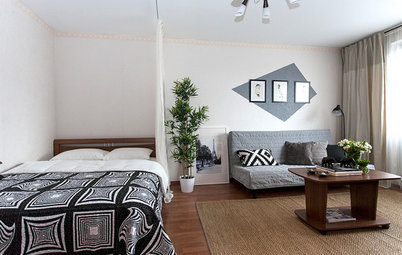
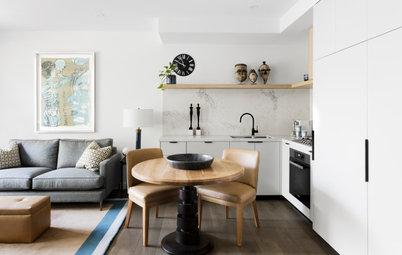
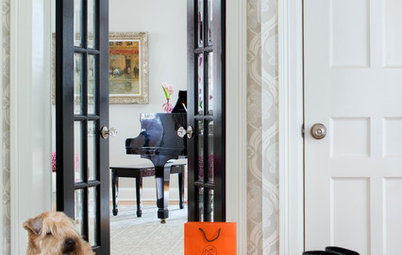
We’re all familiar with the term ‘breathing space’ – that moment when activity and stimulation stop and we have a chance to take stock and regain balance. In interiors, the area around objects – the negative space – performs the same functions. It rests our eyes and brings positive elements into clear focus, creating a subconscious sense of visual comfort and harmony.